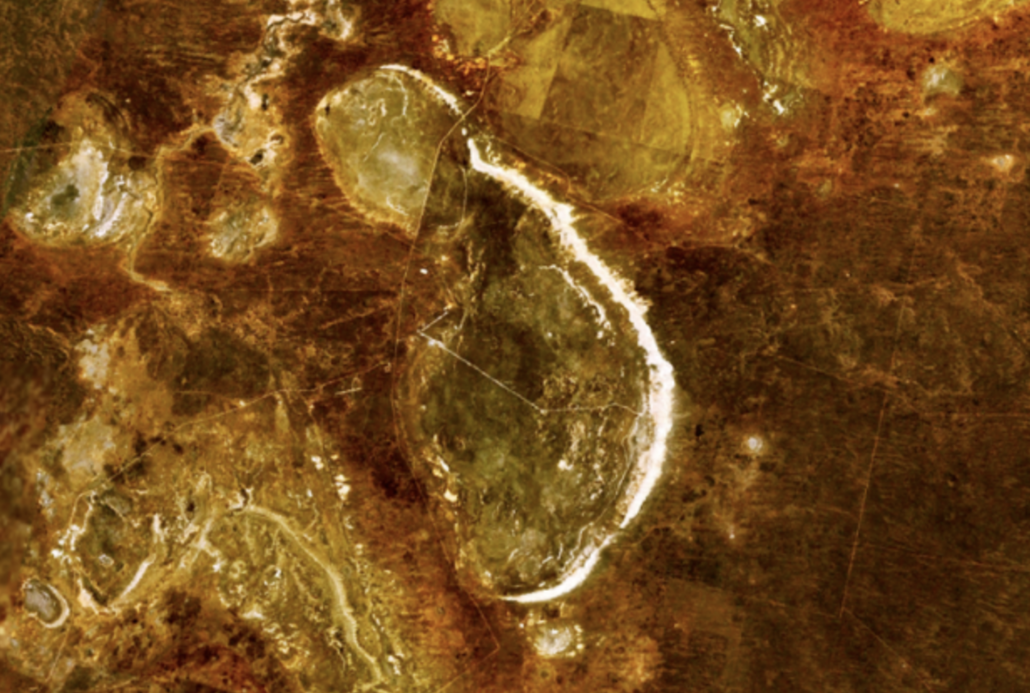Lake Mungo (Walngga Mungo)
Language Points
Guugu Yimithirr
Nhagala New South Walesbi gurra waguurrga, walu 760 km guwaar Sydneyngan, yubaa nganaarru wunay Lake Mungo (Walngga Mungo), Scientistsngun waami bathibay bamawi warra mugul-buthuun thaga-thagaalngan waamiiga yiway Australiawi. Thana gurralal nhagala nubuun warra bama muguul-buthuun, Mungo-Bama, duugaayga nhaway gaarbaarr 45,000 gurra 40,000 years ago. Thana gurralal nhulu biini 50 years of age. Nhangu duugay, nhulu muguwi wunaani gurra mangaalngay nhangu guma baru nhanguumi, gurra bayjarrin wubaan. Nhaway bubuwi wuba guya. Bubu wunay wuba waaminu walu 200 km wadu. Bama wali thaday gathii maaninu gurra nguba thana galmba wuuthaathilthi bama mundaalthirr ochre maaninu. Mungo Bama wurrgaalgathi osteoarthritisthirr nhanguumi yurnggaal malathirrbi, nguba galmba galga milbirrin thambanbarrin-ga bithangan-gu.
2015bi bathibay Mungo-Bama gurra mundal ngutha-nguthangan gurra-gurraaygu waarmbaay-mani thanaan-gami ngangguurr thuyu-thuyuwi thanaaygu bubu-gujinda: Paakantjingun, Muthi Muthingun gurra Ngiyampaangun.
English
In New South Wales and far inland, about 760km west of Sydney, near what used to be Lake Mungo, scientists have found the oldest remains of people ever found in Australia. They think that one of them, a very old ancestor, Mungo Man, was buried there between 45,000 and 40,000 years ago. They think he died when he was about 50 years of age. He was buried on his back, with his hands folded in his lap and he was covered with red ochre. In the area there isn’t any ochre. The nearest place to find ochre is about 200km away. People travelled a long way to get it or maybe they were trading with other groups to get the ochre. Mungo Man suffered from osteoarthritis in his right elbow, maybe from using a spear-thrower/woomera all his life.
In 2015 the remains of Mungo Man and other ancestors were returned to their resting place by the traditional owners, the Paakantji, the Muthi Muthi and the Ngiyampaa people.

Bird’s eye view of Lake Mungo. The white line defining the eastern shore of the lake is the sand dune, or lunette, where most archaeological material has been found. From: https://en.wikipedia.org/wiki/Lake_Mungo
[Permissions TBD]
Click here to add your own text
